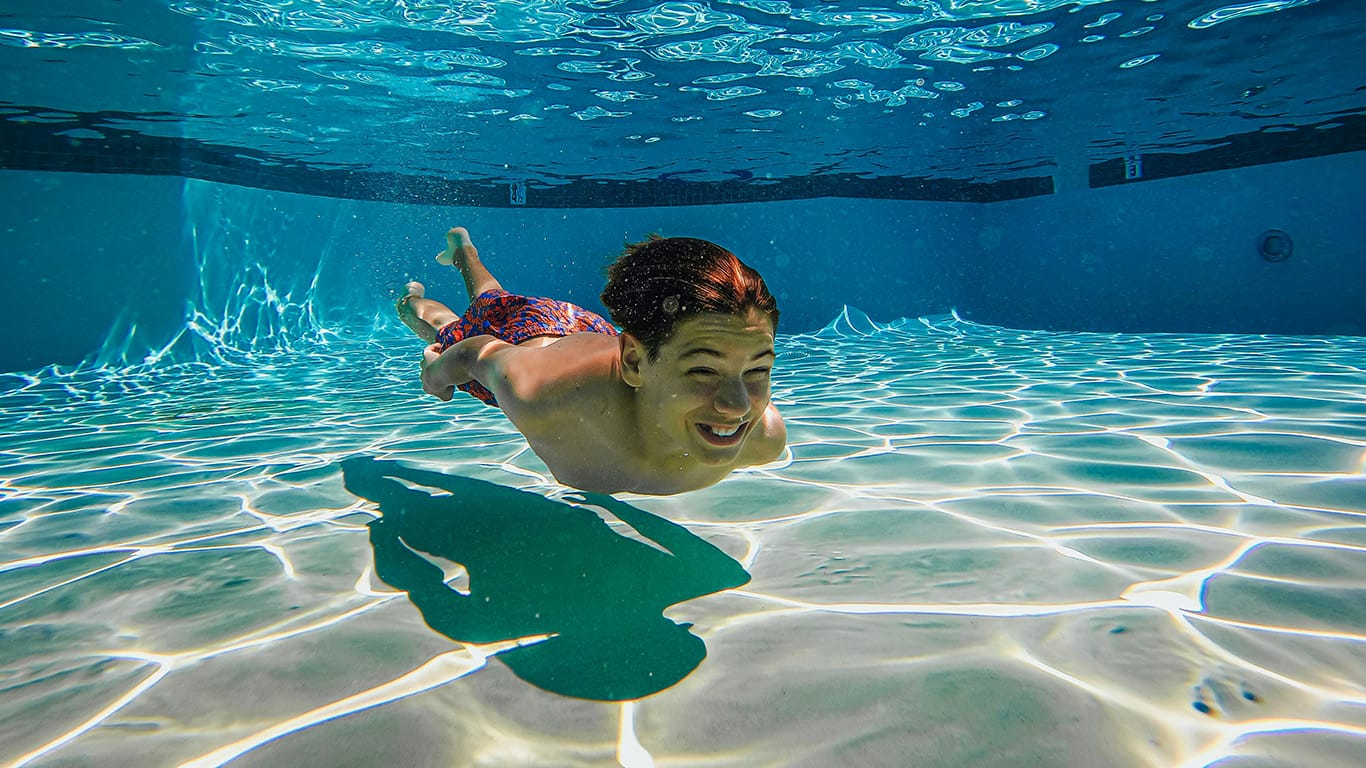Learning to swim can sometimes feel like a challenge for children, but with the right approach, it can become an exciting adventure. At Piranha Swim Team in Amman, instructors focus on making lessons engaging by incorporating swimming games that not only teach essential skills but also make kids look forward to every session. These games encourage water confidence, improve technique, and develop coordination in a fun, interactive environment.
Why Swimming Games Are Important
Traditional swimming lessons can sometimes feel repetitive, which may reduce a child’s motivation. By introducing swimming activities for kids, instructors at Piranha Swim Team transform learning into play. Games help children learn key skills like floating, kicking, and breathing while keeping them engaged. Additionally, games promote social interaction, teamwork, and a sense of achievement, which are crucial for developing confidence in young swimmers.
Top Swimming Games to Boost Learning
Here are some of the most effective and fun swimming games used at Piranha Swim Team to encourage children to enjoy the water:
1. Treasure Hunt
Children dive to retrieve objects from the bottom of the pool. This game improves underwater swimming skills, breath control, and coordination. It also encourages a sense of adventure as kids search for “hidden treasure.”
2. Red Light, Green Light
A simple but effective game where children swim on “green light” and stop on “red light.” This teaches control over movement, listening skills, and reaction time.
3. Relay Races
Team-based swimming races add excitement while promoting speed, endurance, and proper swimming techniques. Kids learn the importance of teamwork and motivation as they cheer for each other.
4. Pool Noodle Joust
Children balance on pool noodles while trying to push opponents off in a safe and supervised environment. This game enhances balance, core strength, and coordination.
5. Shark Attack
One child is the “shark” while others try to swim safely across the pool. This game teaches agility, quick reflexes, and improves swimming speed, while also adding an element of imaginative play.
6. Hoop Diving
Hoops or rings are placed at various depths, and children dive to swim through them. This activity develops underwater comfort, lung capacity, and confidence in submerging fully.
7. Follow the Leader
An instructor or a child leads the group performing different strokes or movements in the water. This game encourages observation, copying techniques, and learning new skills through mimicry.
8. Water Tag
A classic tag game adapted for swimming lessons. Children chase each other in the pool, improving cardio fitness, swimming agility, and strategic thinking.
9. Balloon Push
Children push floating balloons from one side of the pool to the other using only their heads or hands. This game encourages controlled movements, concentration, and endurance.
10. Bubble Blowing Contest
Simple yet effective, children try to blow bubbles underwater for as long as possible. This improves breath control, reduces fear of submersion, and makes learning fun.
Benefits of Integrating Games into Swimming Lessons
By including these games in lessons, Piranha Swim Team ensures that children not only develop strong swimming skills but also:
- Gain confidence in the water
- Improve physical coordination and strength
- Learn social skills and teamwork
- Reduce fear and anxiety about swimming
- Develop a lifelong interest in water activities
Tips for Parents
Parents can support their child’s learning by practicing short swimming games at home or in community pools, emphasizing fun rather than competition. Encouraging children to set personal goals and celebrating small achievements keeps motivation high. Wearing proper swim gear and ensuring safety measures are followed also contributes to a positive experience.
Conclusion
Incorporating swimming games into lessons transforms swimming from a mere skill to an enjoyable, adventurous activity. Piranha Swim Team in Amman has mastered this approach, making swimming easier and more exciting than ever for children. By combining structured instruction with playful activities, kids develop essential swimming skills, water confidence, and a love for the pool that can last a lifetime.




